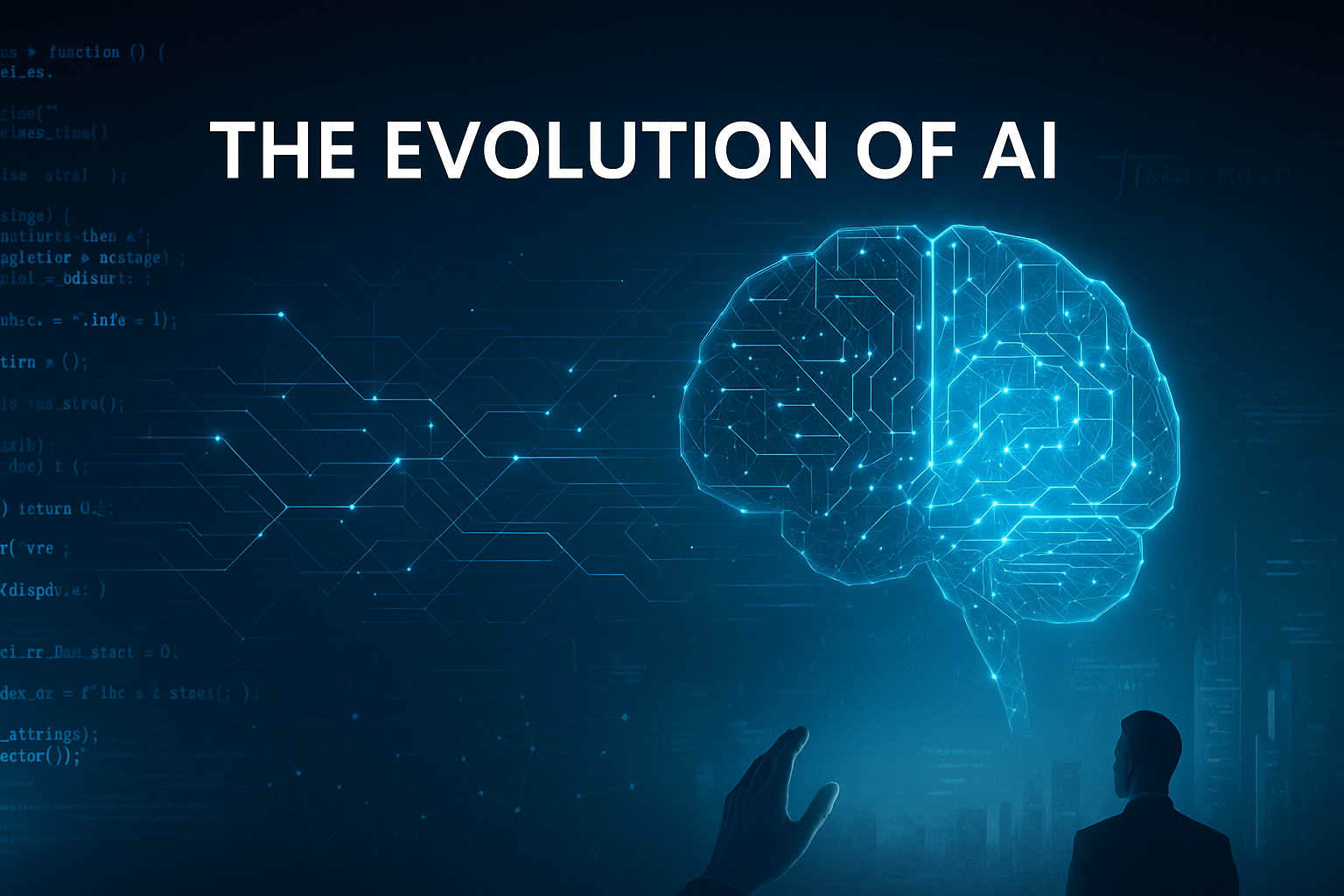
Artificial Intelligence (AI) is more than lines of code—it’s the bridge between machine logic and human-like intelligence. From mimicking cognitive tasks to making real-time decisions, AI is redefining how we interact with technology and how machines “think.”
In this article, we’ll break down what makes AI so powerful, how it evolves from code to cognition, and why it’s one of the most transformative forces shaping our world today.
💻 What Is AI? From Programming to Problem-Solving
At its core, Artificial Intelligence is a field of computer science focused on building machines that can simulate human intelligence. It starts with code—sets of instructions—but goes much further by enabling systems to:
Learn from data (machine learning)
Understand language (natural language processing)
Make decisions (AI reasoning models)
Recognize patterns (computer vision)
Adapt to new situations (deep learning)
This transition—from static code to dynamic cognition—is what makes AI so powerful.
🧠 The Layers of Artificial Intelligence
Let’s understand the core components that fuel AI’s cognitive capabilities:
1. Machine Learning (ML)
ML enables computers to learn from data without explicit programming. It’s the brain behind:
Product recommendations
Email spam filters
Fraud detection systems
2. Deep Learning
A subset of ML that uses neural networks to simulate human brain function. Deep learning powers:
Facial recognition
Voice assistants
Autonomous vehicles
3. Natural Language Processing (NLP)
NLP allows machines to understand and generate human language, used in:
Chatbots
Virtual assistants (e.g., Siri, Alexa)
Sentiment analysis in social media
4. Computer Vision
Computer vision helps machines “see” and interpret visual information. It’s used in:
Medical imaging diagnostics
Surveillance systems
Retail inventory management
⚙️ From Code to Cognition: Real-World AI in Action
Here’s how AI is bridging the gap between computation and cognition across industries:
Healthcare: AI diagnoses diseases, analyzes scans, and supports patient care with personalized treatment recommendations
Finance: Algorithms analyze markets in real-time, detect fraud, and predict risk
Education: AI tutors and adaptive learning platforms personalize education for each student’s pace
Transportation: Self-driving cars process real-world data and make split-second driving decisions
Retail: AI understands buying behavior, optimizes pricing, and enhances customer experience
🔍 Why AI’s Cognitive Power Matters
The cognitive capabilities of AI are not just technical milestones—they’re societal game-changers. They allow machines to:
Think faster and more objectively than humans
Process vast amounts of unstructured data
Offer unbiased insights (when trained correctly)
Scale decision-making and problem-solving across industries
AI’s ability to understand context, learn continuously, and make informed choices brings us closer to creating intelligent systems that not only serve—but collaborate with—humans.
⚠️ Ethics and the Human Element
As AI becomes more human-like in cognition, ethical considerations become more urgent:
How do we avoid bias in training data?
Who is responsible for AI decisions?
How do we ensure transparency in AI logic?
Understanding AI’s power requires not just technical knowledge, but ethical awareness and responsible innovation.
Final Thoughts: Harnessing the Power of Code-Driven Intelligence
From simple algorithms to machines that can “think,” AI has come a long way. As we continue to explore its potential, it’s crucial to focus not just on what AI can do—but how it thinks, learns, and integrates into human life.
By understanding the journey from code to cognition, we unlock a future where technology is not just smart—it’s truly intelligent.
Leave a Reply